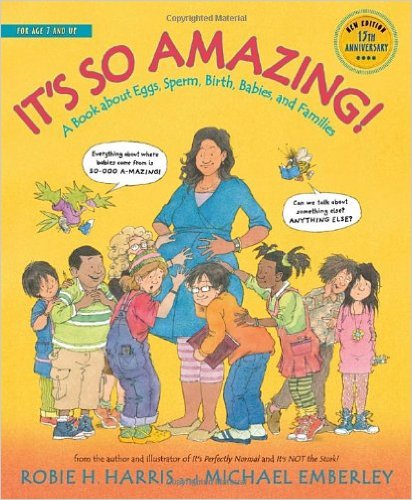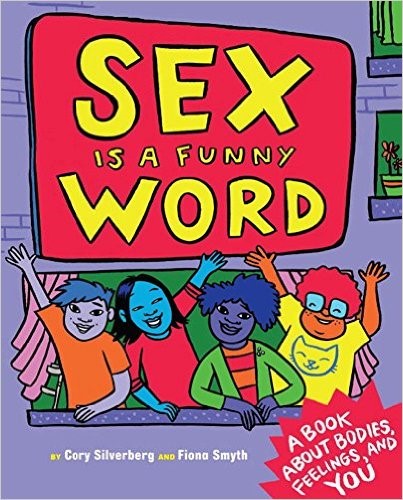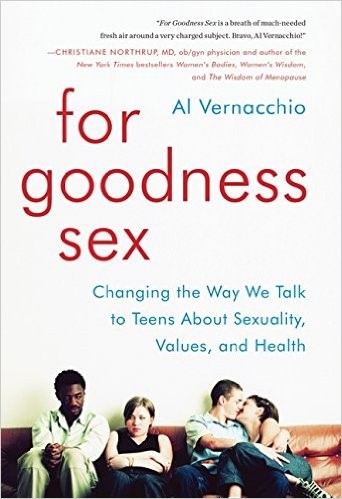Love Is Love: Free to Be Me
Youth
Sexual orientation is all about who you’re romantically and sexually attracted to. Some people are attracted to those of a different gender (heterosexual), and some are attracted to those of the same gender (gay or lesbian). Some are attracted people of either the same or a different gender (bisexual), and some people do not experience sexual attraction (asexual), though they may be interested in a romantic relationship. It’s totally normal to have questions about sexual orientation, so it’s okay if you’re wondering about who you are and feel attracted to! Some people know their sexual orientation at a very young age and others don’t know until they are much older.
FAQs
It’s totally normal to have intense attractions during puberty. Your feelings may be so strong that they aren’t necessarily directed toward a particular type of person, or you might only feel attracted only to boys or only to girls. Boys who are attracted to only boys often identify as gay and girls who attracted to only girls often identify as lesbian (or gay). Right now, you may find yourself falling for a classmate or developing a crush on a particular person or people. You may find these experiences pleasurable, troubling, or a mix of the two.
For now, you may not know how to label your romantic and sexual feelings, and you should know there’s no rush to label your feelings or yourself. Just know that it is normal to feel attracted to others. Figuring out your sexual orientation (whether they are gay, lesbian, bi, straight or something else) is a journey, and your attractions may even change over the years or stay the same. Either way it’s okay to feel however you feel.
Understanding your sexual orientation can be confusing. You might feel that you don’t fit into a specific category, and you may notice that you have sexual and romantic feelings for people of your own gender and for people of a different gender. These feelings may mean that eventually you will identify as bisexual, which means someone who is attracted to both girls and boys.
Don’t worry about being unsure for now. Understanding your sexual orientation develops over time, and you should feel no pressure to identify in any particular way.
Yes, of course! You and your feelings are absolutely normal, we have no control over who who we find attractive. Many people are gay, lesbian or bisexual and are comfortable and confident expressing themselves and living happy and healthy romantic and sexual lives as they grow up. At the same time, it can take time to feel clear on our sexual orientation, especially if people around us like parents and peers are not supportive. Be patient with yourself and remember that no matter who you are attracted to it doesn’t matter as long as you are kind and respectful to other people.
Parents
A person’s sexual orientation is determined by the gender(s) of the people they are romantically and sexually attracted to. Many people may first become aware of their sexual orientation during puberty. Hormonal changes associated with puberty can trigger new feelings of romantic or sexual attraction. This can be confusing and even a bit scary for many tweens and teens. These romantic and sexual feelings are often intense and not necessarily directed toward particular types of people. Sexual feelings for some may be provoked without cause during puberty. This can confuse tweens and teens as they begin to question their own and others’ sexual orientation. It is essential to help young people understand that it may take time to understand what gender(s) they find romantically or sexually attractive. It is also important to let them know that there are no right or wrong answers and only they can determine their sexual orientation. As they get older, they will be better able to figure out who they find attractive.
People who identify as lesbian or gay find that over time their attraction to people of the same gender gets more clearly focused. Those who are bisexual find they are attracted to people of the same and a different gender. People who are asexual do not experience sexual attraction, though they may be interested in a non-sexual romantic relationship. Further, some people’s understanding of their sexual orientation changes over time, and some young people may resist labeling themselves in any way.
It is important that you show your children that you will support them, regardless of whether they are gay, lesbian, bisexual, asexual or heterosexual as this will be key to them feeling safe and confident about their identity to the rest of the world. Do not share information about your child’s sexuality with others without permission. Respect them and their decision to come out when and if they feel comfortable and safe.
We have made great advances in rights for gay, lesbian and bisexual people in South Africa, but homophobia continues to exist, so it’s important for a young person’s home to be a safe space and for them to know that their parents or guardians accept and respect them. They have the right to live with dignity and without fear from stigma, discrimination and violence.
Conversation Starters
It is important that your children know that you are open to talking about sexuality and sexual orientation with them. You could start these important conversations with your children using some of the following:
“Is there anyone at school you like or are attracted to?” Let them know you are open to hearing about the person or people they have might have a crush on, whether they are girls or boys.
If your child says her friend’s sister or a teacher is getting married, you can say, “That is fantastic! Is she marrying a man or a woman?” Make sure that whatever the gender of the people getting married that it’s important to respect whomever people love.
Gently correct your child. Let them know it’s not okay to use “gay” as a way to put down or demean someone or something. Tell them that if they mean “that’s so stupid,” then they should say that.
Educators
A person’s sexual orientation is determined by the gender(s) of the people they are romantically and sexually attracted to. Many people may first become aware of their sexual orientation during puberty. Hormonal changes associated with puberty can trigger new feelings of romantic or sexual attraction. This can be confusing and even a bit scary for many tweens and teens. These romantic and sexual feelings are often intense and not necessarily directed toward particular types of people. Sexual feelings for some may be provoked without cause during puberty. This can confuse tweens and teens as they begin to question their own and others’ sexual orientation. It is essential to help young people understand that it may take time to understand what gender(s) they find romantically or sexually attractive. It is also important to let them know that there are no right or wrong answers and only they can determine their sexual orientation. As they get older, they will be better able to figure out who they find attractive.
People who identify as lesbian or gay find that over time their attraction to people of the same gender gets more clearly focused. Those who are bisexual find they are attracted to people of the same and a different gender. People who are asexual do not experience sexual attraction, though they may be interested in a non-sexual romantic relationship. Further, some people’s understanding of their sexual orientation changes over time, and some young people may resist labeling themselves in any way.
It is important that you show your students that you will support them, regardless of whether they are gay, lesbian, bisexual, asexual or heterosexual. If a student has trusted you with information about their sexual orientation, do not share that information with others without permission. Respect them and their decision to come out when and if they feel comfortable and safe.
We have made great advances in rights for gay, lesbian and bisexual people in South Africa, but homophobia continues to exist, so it’s important for schools to be a safe space for young people who are lesbian, gay and bisexual young people to be themselves. They have the right to live with dignity and without fear from stigma, discrimination and violence.
International Technical Guidance on Sexuality Education
Discussion Questions
- How does the video define sexual orientation?
- According to the video, how might people know if they may be heterosexual, gay, lesbian or bisexual?
- What are some things we can all do to make sure that gay, lesbian and bisexual people are treated with respect?
- What would you tell a friend if they shared with you that they may be gay, lesbian or bisexual?



